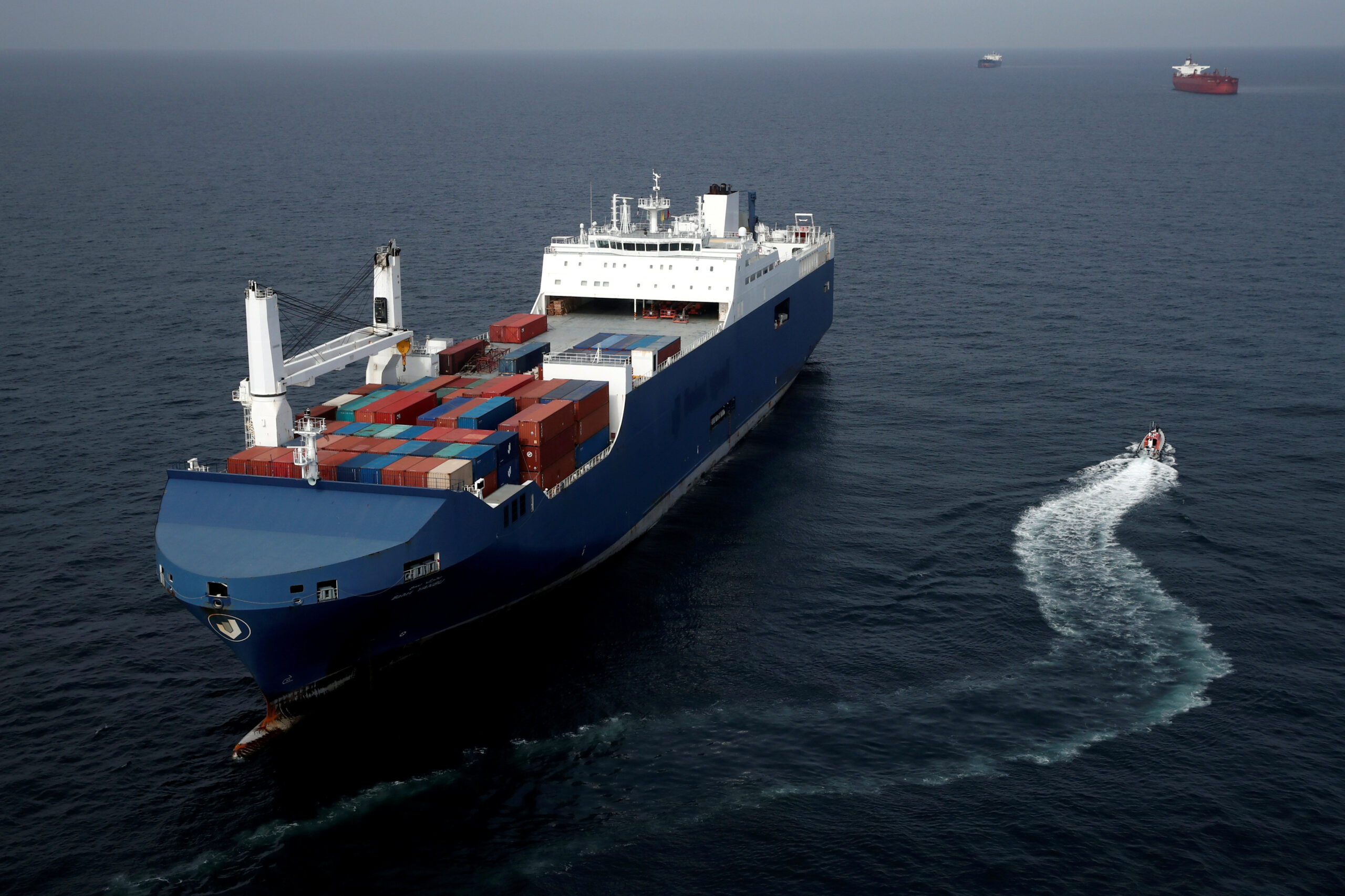By Katherine Palmer, UNFCC High Level Climate Champion for the shipping industry,
By changing the way we think about international shipping, we can not only decarbonise the sector but also transform it into a global leader on climate action and equitable transition.
Last year’s IPCC reports made clear that reducing emissions to net-zero by 2050 and keeping global warming below the 1.5°C target of the Paris Agreement requires immediate and decisive action across all sectors.
And that includes the maritime sector, the muscle behind the global economy that is responsible for around 3% of greenhouse gases every year. If shipping was a country, it would be the sixth biggest climate polluter, roughly on the same level as major economies like Germany or Japan.
There is simply no way we can keep global warming below 1.5°C without decarbonizing shipping.
But shipping has long been thought of as a ‘hard to abate’ sector, meaning that, much the same as when it comes to the cement or steel industries, transitioning ships to zero is seen as difficult, lengthy and expensive.
In recent years, however, we see commitments from governments and the industry to transition shipping to zero popping up across the maritime ecosystem.
The COP26 climate summit last year is a perfect example.
Shipping received unprecedented attention in Glasgow, with a number of countries world-wide pledging to decarbonise shipping by 2050, the UK launching its green shipping corridors initiative, and 55 climate-vulnerable countries calling for a global carbon levy on shipping’s emissions.
And only a few weeks before the COP, Amazon, IKEA and other giant brands announced they will switch from using fossil fuelled vessels to zero-emission ones by 2040 for transporting their products overseas.
One year on, the coZEV initiative more than doubled the number of its signatories, demonstrating the growing commitment among cargo owners to decarbonise shipping.
These initiatives are important milestones on the road towards a larger shift in the way we think about shipping — one that sees the sector as a source of climate solutions.
Not only is decarbonising shipping technologically possible and economically attractive, but it also unlocks wider social and resilience benefits.
A Paris-aligned transition in shipping requires commercially viable, zero-emission vessels to enter water by 2030. This roll-out needs to go hand in hand with increasing landside production and supply of zero carbon energy to ships, like green hydrogen and ammonia.
According to the UN High Level Climate Champions 2030 breakthrough goals, zero emission fuels need to make up 5% of international shipping fuels and 15% of domestic shipping fuels by 2030 to keep the 1.5°C ambition alive.
Our progress report published just a few weeks ago at the New York Climate Week shows that these two targets are within reach. However, we are at a crossroads where more effort is needed on all fronts to convert commitments and pledges into action.
Fortunately, the COP 27 climate summit is just around the corner, and it offers an excellent opportunity for governments and the industry to accelerate shipping’s radical transformation.
COP27 needs to make a point that a 1.5°C-aligned transition in the industry is possible, and help enshrine this level of ambition at the UN’s maritime regulator, the International Maritime Organization (IMO).
The IMO’s 174 member states are currently in the process of renegotiating the body’s climate strategy, with the next round of talks scheduled for December, only a few days after the COP.
The only way the IMO can get shipping on the 1.5°C track is by adopting strong emission reduction targets under the strategy revision for 2030 and 2040 and a firm phasing out of emissions from ships in line with the IPCC report.
In doing so, governments would provide shipping businesses and financiers with the certainty needed to massively invest in zero-emission vessels, like those powered by renewably-produced hydrogen.
This would in turn send a signal to the energy sector to ramp up renewable energy production this decade to meet shipping’s energy demands from 2030 onwards.
But focusing solely on marine fuels and energy infrastructures is not enough.
A truly sustainable transition requires a whole system transformation that is just and equitable for the people in it: the workers as well as coastal and port communities.
This must especially be the case in the most vulnerable countries, such as Small Island Developing States (SIDS) and Least Developed Countries (LDCs), which are already grappling with the devastating impacts of climate change and need support to become more resilient.
There is numerous research showing that strengthening resilience in our ports and coastal areas could create new and important opportunities for green jobs across the maritime value chain as well as economic growth in emerging markets through the production of zero-emission energy.
We only need to seal this deal.
Looking at the progress made in shipping green transition in recent years, there should not be any doubt that the industry can also lead the way in our transition to a clean, just, and resilient zero-carbon world.
The forthcoming COP27 and IMO summits are our chance to make this happen for the benefit of all.





